Researchers simulated what would happen if a rogue star were to come within 100 astronomical units of the Sun.


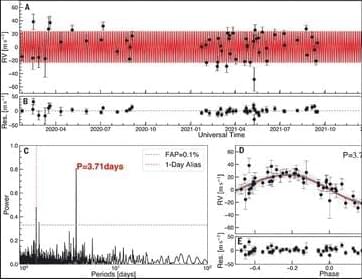
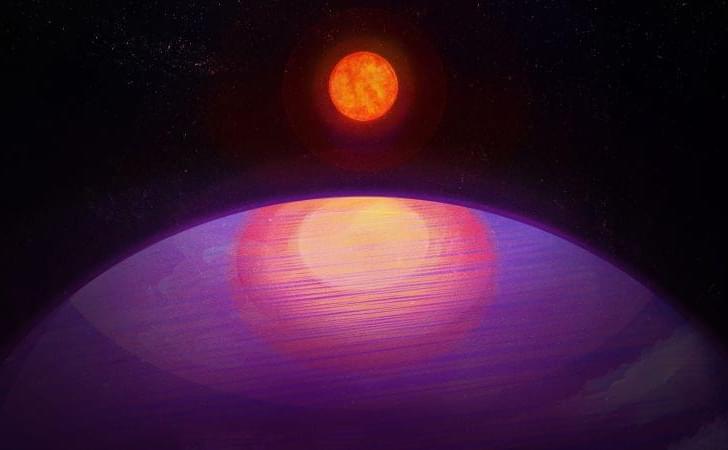

Save this for later! From the Moon to the planets to the stars, read about the celestial events happening in December 2023!
Labroots recently shared key celestial events for November 2023 which offered skywatchers an opportunity to witness 16 days of events that included numerous meteor showers, comets, and planetary encounters. Now, Labroots wishes to share with you 22 days of celestial events for December 2023 that will ensure astronomy fans will not be disappointed. Each event is labeled in all caps for the type of event (e.g., MOON, PLANET, COMET, etc.) to provide skywatchers additional excitement to catch these incredible events!
December 1 (MOON and STAR): The Earth’s Moon will pass between 1–2 degrees from the star Pollux, which is located just under 34 light-years from Earth and resides within the constellation Gemini.
December 2 (MOON, STARS, and METEOR SHOWER): The Earth’s Moon will pass between 3–4 degrees from the Beehive Cluster, which is an open cluster of stars located approximately 577 light-years from Earth and is approximately 15 light-years in diameter. Additionally, the Phoenicids meteor shower will be at its peak with a variable number of observable meteors per hour.
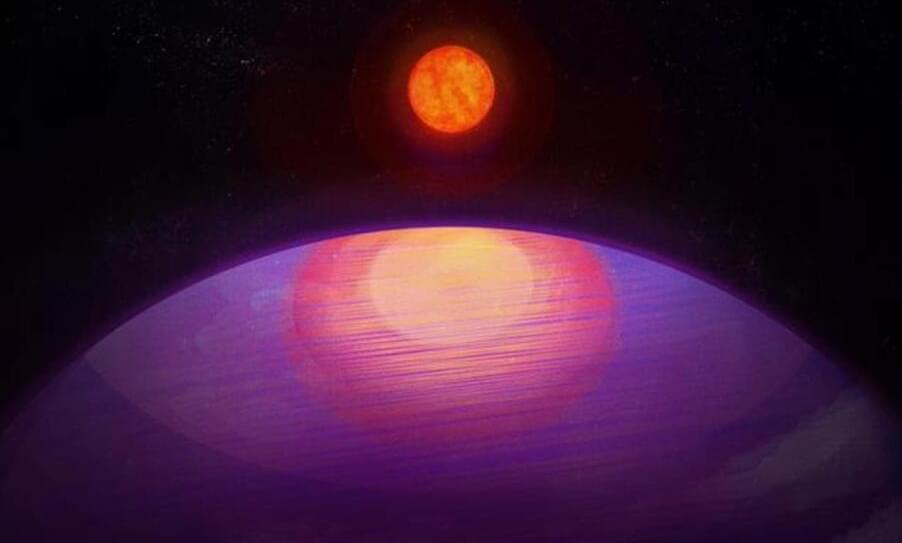
Researchers are perplexed by the discovery of an exoplanet with a mass that greatly surpasses what would be predicted given its closeness to the parent star.
Penn State.
Within the immense cosmic expanse, a perplexing discovery has emerged—a planet that, by all technical expectations, should not exist.
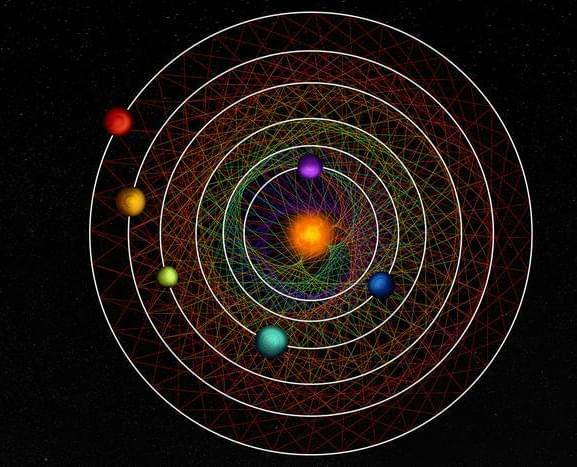
A recent study published in Nature discusses the confirmation of an exoplanetary system based on data collected in 2020. The system, known as HD 110,067, possesses six planets whose orbits are in resonance with each other, or “in sync”, meaning which could offer profound insights into the formation and evolution of planetary systems throughout the cosmos. All the planets exhibit sizes between Earth and Neptune, also known as sub-Neptunes, and was conducted by an international team of researchers using data from NASA’s Transiting Exoplanet Survey Satellite (TESS) and the European Space Agency’s CHaracterising ExOPlanet Satellite (Cheops).
Artist illustration of the planets within the HD 110,067 system exhibiting orbital resonances with the colored lines depicting their resonances with each other. (Credit: CC BY-NC-SA, Thibaut Roger/NCCR PlanetS)
“This discovery is going to become a benchmark system to study how sub-Neptunes, the most common type of planets outside of the solar system, form, evolve, what are they made of, and if they possess the right conditions to support the existence of liquid water in their surfaces,” said Dr. Rafael Luque, who is a Postdoctoral Scholar in the Department of Astronomy and Astrophysics at the University of Chicago and lead author of the study.

The Earth’s magnetic field plays a big role in protecting people from hazardous radiation and geomagnetic activity that could affect satellite communication and the operation of power grids. And it moves.
Scientists have studied and tracked the motion of the magnetic poles for centuries. The historical movement of these poles indicates a change in the global geometry of the Earth’s magnetic field. It may even indicate the beginning of a field reversal—a “flip” between the north and south magnetic poles.
I’m a physicist who studies the interaction between the planets and space. While the north magnetic pole moving a little bit isn’t a big deal, a reversal could have a big impact on Earth’s climate and our modern technology. But these reversals don’t happen instantaneously. Instead, they occur over thousands of years.
A companion robot dog, designed to provide emotional support to astronauts, has been unveiled by a student from South Korea’s Hongik University.
The small-scale robot dog Laika is named after the first dog to orbit the Earth aboard Sputnik 2.
A video shows Laika running, walking, barking and sitting. It’s designed to replicate the movements and behavior of real dogs to provide an approachable design that enables emotional connection for astronauts during lengthy missions.
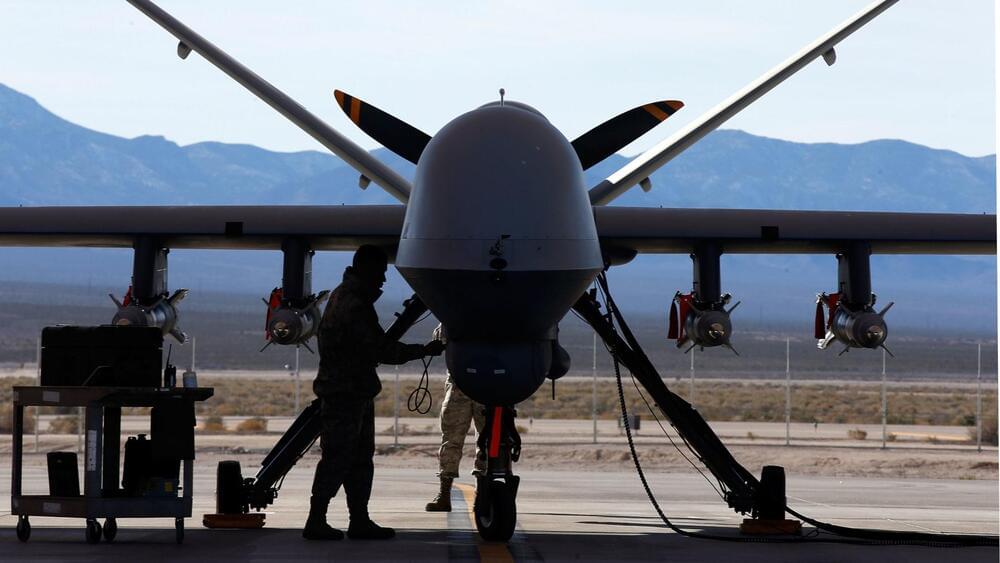
Number 4 Hamilton Place is a be-columned building in central London, home to the Royal Aeronautical Society and four floors of event space. In May, the early 20th-century Edwardian townhouse hosted a decidedly more modern meeting: Defense officials, contractors, and academics from around the world gathered to discuss the future of military air and space technology.
Things soon went awry. At that conference, Tucker Hamilton, chief of AI test and operations for the United States Air Force, seemed to describe a disturbing simulation in which an AI-enabled drone had been tasked with taking down missile sites. But when a human operator started interfering with that objective, he said, the drone killed its operator, and cut the communications system.